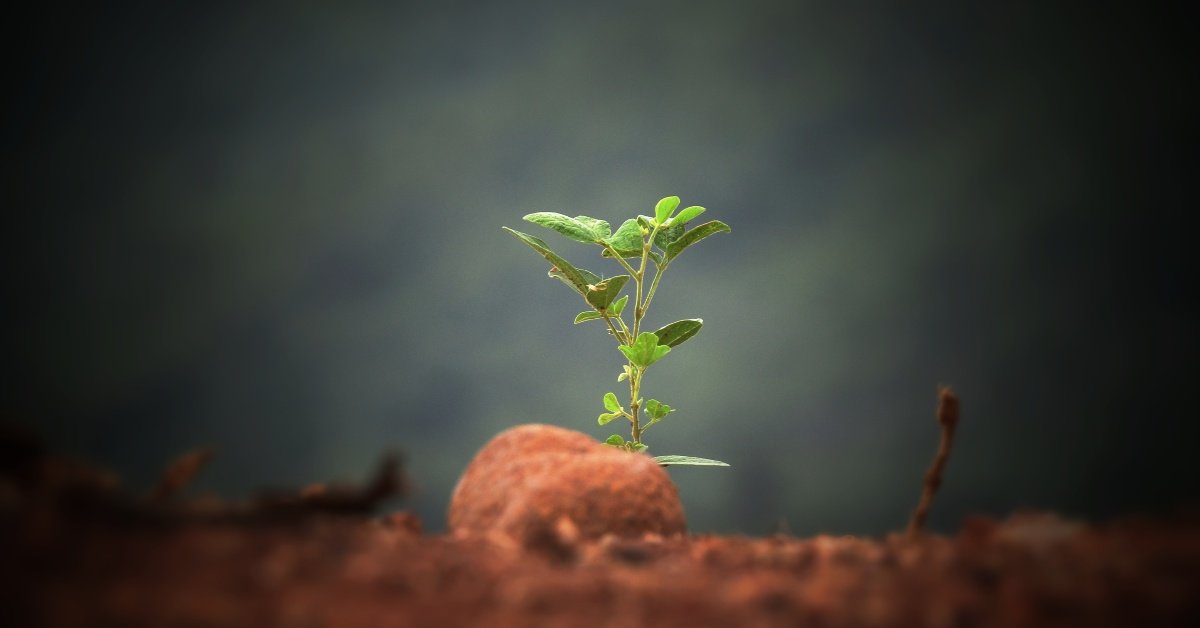In the world of gardening and agriculture, the floating seed test has long been considered gospel. The belief that seeds sinking in water are viable while floating seeds are doomed to fail has been passed down through generations of green thumbs. But what if I told you that this cherished method is more of a myth than a scientific truth? We have delved into the intricacies of seed viability and challenged the long-standing notion that floating seeds are duds, with an experiment and evidence.
The Science Behind Seed Viability: Why Do Some Seeds Float?
Seed viability, the ability of a seed to germinate and produce a healthy tree, is influenced by a myriad of factors, including genetics, environmental conditions, and seed maturity. Contrary to popular belief, the buoyancy of a seed in water is not a reliable indicator of its viability. While it’s true that some seeds may float due to air pockets or lightweight structures, this doesn’t necessarily mean they’re unfit for germination.
So, why do some seeds float while others sink? The answer lies in the intricate structures and compositions of seeds. Seeds contain air pockets, which can vary in size and distribution depending on the species. Additionally, the presence of impermeable seed coats or lightweight structures can contribute to buoyancy. However, these factors alone do not determine seed viability.
Understanding Seed Structure:
At the core of seed buoyancy lies a complex interplay of structural and physiological attributes. Seeds are endowed with a diverse array of adaptations crafted by evolution to ensure their dispersal, survival, and eventual germination. Central to this intricate tapestry is the seed coat, a protective layer that encapsulates the embryonic plant within. One of the primary factors influencing seed buoyancy is the presence of air pockets within the seed coat. During seed development, gas exchange processes create internal spaces within the seed, effectively trapping air molecules. In addition, certain seeds boast lightweight structures or appendages, such as wings or hairs, that enhance their buoyancy. Many tree seeds have air pockets or fibrous coatings that increase their overall volume while reducing their density. This buoyant structure allows them to stay afloat on water rather than sinking.
Seed Maturity and Viability:
While immature seeds may exhibit higher buoyancy due to underdeveloped seed coats and greater air content, this does not necessarily correlate with their potential for germination. As seeds mature, they undergo physiological changes that culminate in optimal viability, irrespective of buoyancy.
Genetic Variation and Adaptation:
The buoyancy of seeds is further influenced by genetic variation within plant species. Different species have evolved unique strategies for seed dispersal, resulting in a diverse array of seed structures and buoyancy properties. For example, seeds of aquatic plants often possess air-filled structures that enable them to float and disperse via water currents. Tree species that produce floating seeds have evolved to thrive in diverse environmental conditions, including those where flooding or water bodies are prevalent. The ability of their seeds to float and germinate under such conditions increases the likelihood of successful reproduction and colonisation of suitable habitats.

Anaerobic Respiration:
Seeds submerged in water may experience periods of anaerobic conditions, where oxygen availability is limited. However, tree seeds have evolved mechanisms to cope with these conditions. Anaerobic respiration pathways can still provide enough energy for the initial stages of germination until the seedling can establish itself and reach oxygen-rich environments.
Water Permeability:
Despite floating, the seed coat of these seeds still allows water to permeate through to the embryo inside. Even though the seed is floating on water, the moisture can still reach the internal tissues necessary for germination. This is often facilitated by microstructures on the seed coat that allow water uptake while preventing the entry of harmful pathogens.
Experiment: Putting the Myth to the Test
To shed light on this misconception, we conducted a rigorous experiment to challenge the validity of the floating seed test. Here’s how it went down:
Experiment Procedure:
- Seed Selection: We carefully selected a diverse array of seeds, representing different plant species, genetic variations, and seed coat structures.
- Preparation: Each seed type was labelled and placed in individual containers filled with water, ensuring uniformity in testing conditions.
- Observation: Seeds were observed throughout the 24 hours of soaking to document buoyancy characteristics and any visible signs of viability.
- Germination: All floating seeds were then planted in the same compost following cold stratification within labelled trays, maintaining consistent moisture levels and temperatures.
- Monitoring: We regularly monitored the planted seeds to track germination rates, seedling emergence, and overall vitality. The final results were correlated after 12 weeks from the point of sowing to give the seeds ample time to germinate.
Seed Species Tested:
Species #1 – Pinus Sylvestris (Scots Pine): 500 seeds
Species #2 – Acer Palmatum (Japanese Maple): 500 seeds
Species #3 – Cercis Chinensis (Chinese Redbud): 500 seeds
Species #4 – Pinus Thunbergii (Japanese Black Pine): 500 seeds
Species #5 – Adansonia digitata (Baobab): 500 seeds
Total: 2,500 seeds
Results
Floating Rates (after soaking for 24 hours):
Species #1: 182 out of 500 (36.4% floated)
Species #2: 312 out of 500 (62.4% floated)
Species #3: 149 out of 500 (29.8% floated)
Species #4: 202 out of 500 (40.4% floated)
Species #5: 72 out of 500 (14.4% floated)
Germination Rates (after 12 weeks from point of sowing):
* Only the seeds that floated went through to the next step of testing germination rates. The following success rates are based solely on floating seeds.
Species #1: 167 out of 182 (91.8% germinated)
Species #2: 277 out of 312 (88.8% germinated)
Species #3: 122 out of 149 (81.9% germinated)
Species #4: 144 out of 202 (71.3% germinated)
Species #5: 70 out of 72 (97.2% germinated)
Overall: 780 out of 917 floating seeds germinated, with a success rate of 85.1%

Contrary to conventional wisdom, our experiment yielded compelling evidence that defies the notion of floating seeds as inherently inviable. Detailed analysis of our results revealed a spectrum of germination rates across different seed types, with floating seeds demonstrating surprising resilience and capacity for growth. This challenges the simplistic binary categorisation imposed by the floating seed test, emphasising the multifaceted nature of seed viability. As you can also see, floating rates varied across species, with some floating straight away, some sinking and then floating later, and some mostly sinking. However, all floating seeds had strong germination rates when sown in a suitable growing environment.

Discover the Pros and Cons of Growing From Seed
Dive into our analysis of why you should consider growing your very own bonsai tree from seed. From freedom to shape, unique varieties, to a lifelong bond.
In conclusion, the buoyancy of seeds is a multifaceted phenomenon governed by a myriad of biological and environmental factors. As we bid adieu to the antiquated notion of floating seeds as harbingers of doom, let us usher in a new era of informed gardening practices. Seeds, with their remarkable resilience and adaptability, defy simplistic categorisations and beckon us to explore the boundless potential of nature.
So, the next time you’re tempted to toss out those floating seeds, remember – they may just surprise you and flourish. Happy planting!
Are you new to Bonsai?
The art of Bonsai has developed over thousands of years with masters from across the world creating magnificent trees. There is no need to be intimidated as you can learn whilst growing your very own Bonsai tree that can live with you for the rest of your life. Transform your home or urban garden with a living piece of art. Get started today!
Would you like to join the Yugen Community and receive our seasonal newsletters, including top tips and news from the Bonsai world?
Don’t forget the exclusive discounts and offers!
Enter your email address below and you will also receive a coupon code to redeem free delivery on your first order.
SHOP BONSAI
Visit our shop to browse our selection of classic seeds for bonsai, specialist tools, pots and starter kits to begin your journey. Take up the therapeutic hobby of Bonsai and experience the many benefits of honing this skill, all whilst adding a beautiful piece of nature to your home.
